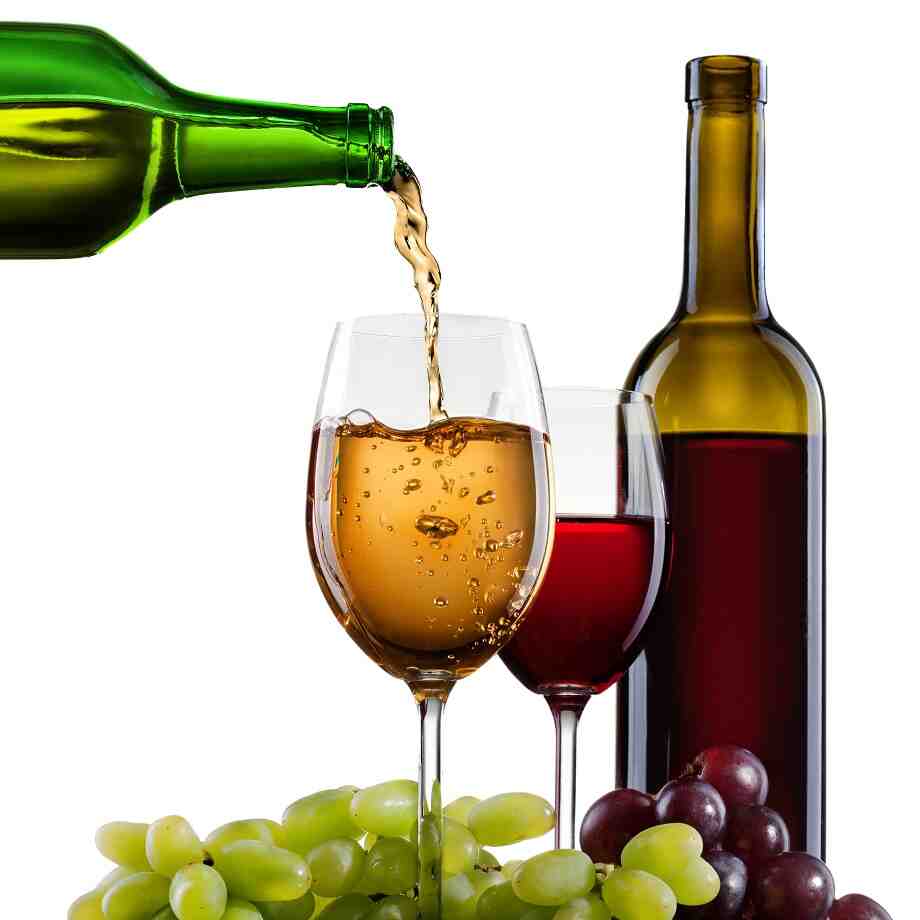The Difference Between Old World and New World Wines
When you first start exploring the world of wine, you’ll quickly encounter the terms “Old World” and “New World” wines. These terms refer to the two major categories of wine-producing regions, with distinct histories, winemaking traditions, and flavor profiles. Understanding the differences between these two can help deepen your wine appreciation and guide you in selecting bottles that suit your personal preferences.
What Are Old World Wines?
Old World wines come from the traditional wine-growing regions of Europe, where viticulture has a long history, often spanning thousands of years. The term “Old World” refers to countries that have been making wine for centuries and have established a deep connection between their wine culture and history.
Countries considered Old World wine regions include:
- France
- Italy
- Spain
- Portugal
- Germany
- Austria
- Greece
- Hungary
- Romania
- Croatia
Key Characteristics of Old World Wines
- Terroir-Driven Wines: Old World wines often emphasize the concept of “terroir,” which refers to the unique combination of climate, soil, and geography that influence the flavor profile of a wine. Old World winemakers tend to focus on expressing the characteristics of the land and the specific region from which the wine originates.
- Traditional Winemaking Techniques: Old World wines are typically made using traditional winemaking methods passed down through generations. These methods can include lower-tech approaches, such as hand harvesting, natural fermentation, and aging in neutral oak barrels, allowing the grape and terroir to shine through.
- Acidity and Subtlety: Old World wines often exhibit higher acidity and more subtle, restrained flavors compared to their New World counterparts. This style of winemaking tends to favor elegance over boldness, focusing on complexity, balance, and age-worthiness. For example, Bordeaux reds (often made with Cabernet Sauvignon, Merlot, and Cabernet Franc) or Burgundy Pinot Noir are known for their nuanced flavors and ability to evolve over time.
- Aging Potential: Old World wines, especially those from regions like Bordeaux, Barolo, and Chianti Classico, often have great aging potential. The structure, acidity, and tannins in these wines allow them to develop more complex flavors as they mature.
- Sense of Place: Old World wines are usually named after the region or specific vineyard where the grapes are grown. For example, a Bordeaux wine is made in the Bordeaux region of France, and a Chianti wine is made in the Chianti region of Tuscany, Italy. This reflects the strong connection between wine and its place of origin.
Examples of Old World Wines
- Bordeaux (France) – Typically a blend of Cabernet Sauvignon, Merlot, and Cabernet Franc.
- Chianti (Italy) – Predominantly made from Sangiovese grapes, with earthy and cherry-like flavors.
- Rioja (Spain) – Known for its Tempranillo-based reds, which are often aged in oak barrels.
- Champagne (France) – The famous sparkling wine made in the Champagne region, typically from Chardonnay, Pinot Noir, and Pinot Meunier grapes.
What Are New World Wines?
New World wines come from regions outside of Europe that have a more recent history of winemaking. These countries began producing wine in the past few hundred years, often using different techniques and styles compared to their Old World counterparts. New World wine regions tend to be more experimental and less bound by tradition, which has led to a variety of innovative and diverse wines.
Countries considered New World wine regions include:
- United States (particularly California, Oregon, Washington)
- Australia
- New Zealand
- Chile
- Argentina
- South Africa
- Canada
- Mexico
- Israel
Key Characteristics of New World Wines
- Fruit-Forward and Bold Flavors: One of the hallmark characteristics of New World wines is their emphasis on ripe, fruit-forward flavors. The warmer climates in regions like California or Argentina allow grapes to ripen more fully, resulting in wines that are often bolder and more intensely fruity. For example, California Cabernet Sauvignon or Australian Shiraz is known for its ripe black fruit flavors, such as blackberry or plum.
- Innovative Winemaking Techniques: New World winemakers are often more willing to experiment with modern techniques, such as temperature-controlled fermentation, oak aging, and blending, to create wines that are expressive and approachable. This approach often leads to wines with a more modern, sometimes more commercial, style.
- Lower Acidity and Richer Body: New World wines tend to have a lower acidity compared to their Old World counterparts, and they often have a fuller, rounder mouthfeel. The riper fruit, higher alcohol content, and often more generous use of oak contribute to these rich, bold flavors. For example, a Napa Valley Cabernet Sauvignon might have notes of dark fruit, chocolate, and vanilla, making it feel smooth and powerful.
- Labeling by Grape Variety: In contrast to Old World wines, which are often labeled by region, New World wines are usually labeled by the grape variety used to make the wine. This makes it easier for consumers to know exactly what they’re getting. For example, you’ll often see Chardonnay, Merlot, or Pinot Noir on the label, rather than a region like Burgundy or Napa Valley.
- Focus on Accessibility: New World wines are often more approachable in terms of taste and price. The focus on fruit-forward flavors and easy drinkability makes these wines popular with a wide audience. They are often crafted for immediate enjoyment rather than aging potential.
Examples of New World Wines
- California Cabernet Sauvignon – Known for bold flavors of dark fruit, tobacco, and oak.
- Argentine Malbec – A deep, rich red with flavors of blackberry, plum, and chocolate.
- Australian Shiraz – Typically full-bodied and fruity, with peppery and spicy notes.
- Chilean Carmenère – A smooth red with flavors of black fruit, green bell pepper, and earthy undertones.
- New Zealand Sauvignon Blanc – A crisp, citrusy white wine with herbaceous and tropical fruit flavors.
Comparing Old World and New World Wines
| Aspect | Old World Wines | New World Wines |
|---|---|---|
| Region | Primarily Europe (France, Italy, Spain, etc.) | Outside Europe (U.S., Argentina, Australia, South Africa) |
| Winemaking Style | Traditional, terroir-driven, often subtle and complex | Modern, innovative, fruit-forward, and bold |
| Grape Varieties | Often blended (e.g., Bordeaux, Rioja) | Single varietals, labeled by grape variety (e.g., Merlot, Chardonnay) |
| Flavors | Earthy, subtle, and nuanced flavors, with higher acidity | Bold, fruit-forward, and richer flavors with lower acidity |
| Acidity | Higher acidity, more structured wines | Lower acidity, rounder and smoother mouthfeel |
| Aging Potential | Often age-worthy due to acidity and tannins | Generally more accessible, but some have aging potential |
Which Should You Choose?
There is no right or wrong answer when it comes to Old World vs. New World wines—it all comes down to personal preference. If you enjoy subtle, complex wines with an emphasis on terroir, Old World wines are likely to appeal to you. On the other hand, if you prefer bold, fruit-driven wines that are approachable and easy to drink, New World wines might be more your style.
For many wine drinkers, the key is exploration. As you try both Old World and New World wines, you’ll start to identify the characteristics and regions that resonate with your palate. A well-rounded wine collection often includes a variety of both styles, allowing you to enjoy the best of both worlds.
Conclusion
Understanding the difference between Old World and New World wines is an exciting first step in your wine journey. By exploring both styles, you’ll not only deepen your appreciation for wine but also discover new wines that align with your taste preferences. Whether you find yourself drawn to the heritage and complexity of Old World wines or the bold, fruit-forward style of New World wines, there’s a whole world of wine waiting for you to explore. Cheers to finding your perfect bottle!















